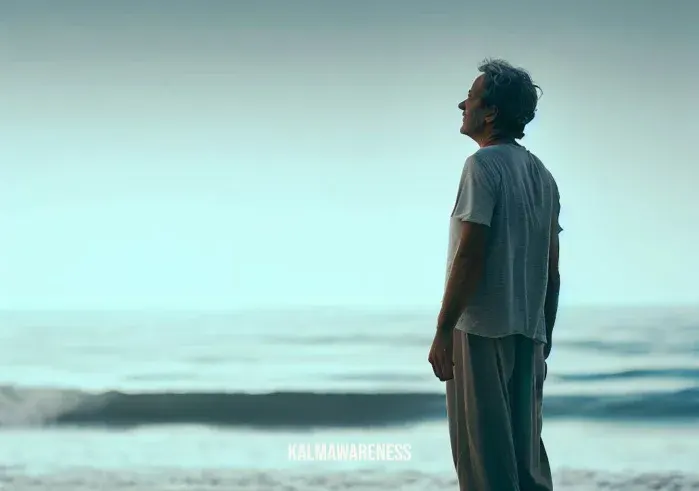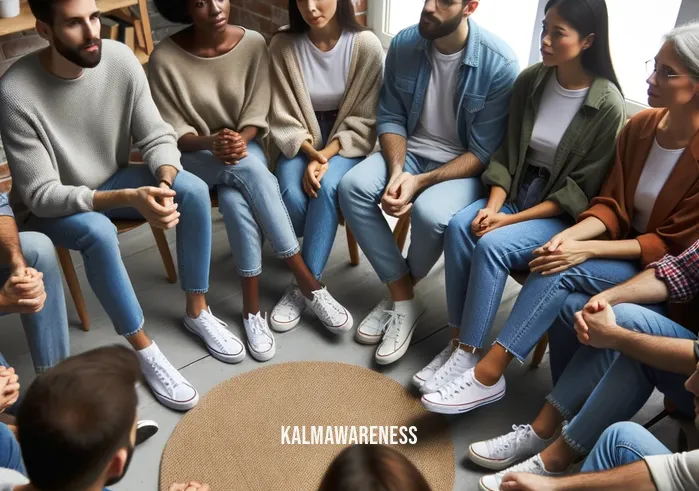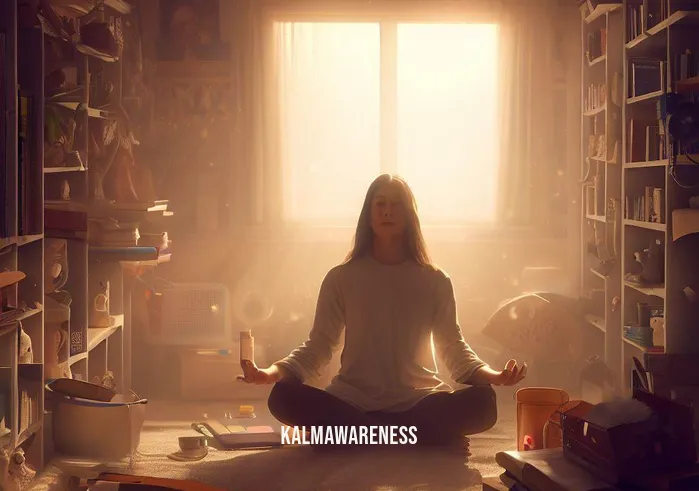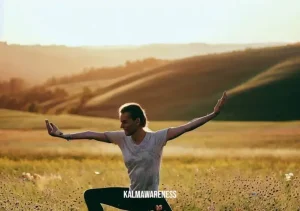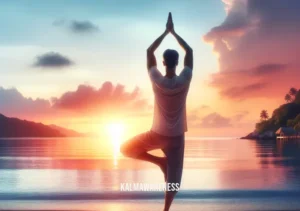Mastering The Yoga Cobbler’s Pose: Your Guide To Achieving Balance And Flexibility
If you’re seeking to delve deeper into the world of yoga, one pose you will invariably encounter is the Yoga Cobbler’s Pose. Known for its calming effects and as a potent stretch for your thighs and groins, it is a widely-practiced pose in the yoga cluster. Let’s explore this powerful and transformative pose in depth.
The Yoga Cobbler’s Pose: Overview
| Description | Explanation |
|---|---|
| Pose Name | Yoga Cobbler’s Pose |
| Original Name | Baddha Konasana |
| Difficulty Level | Beginner |
| Pose Category | Hip Opener |
| Exercise Duration | 1-5 minutes for beginners, 5-10 minutes for advanced practitioners |
The Yoga Cobbler’s Pose, or Baddha Konasana in Sanskrit, is a beginner level yoga pose that falls under the category of hip openers. Whether you’re just starting out on your yoga journey or a seasoned practitioner, you can spend 1-5 minutes or 5-10 minutes, respectively, in this pose to reap its benefits.
Benefits Of The Yoga Cobbler’s Pose
From your inner thighs to your lower back, the Yoga Cobbler’s pose holds a plethora of benefits for your body. It enhances your overall body strength, flexibility, and helps your mind attain a state of tranquillity. Here’s a quick overview:
- Strengthens and stretches: The yoga cobblers pose helps in the deep stretch of groins and knees, stimulating the abdominal organs along with the ovaries, prostate gland, kidneys and bladder.
- Soothes menstrual discomfort: This yoga pose is excellent for women during menstruation and menopause as it soothes menstrual discomfort and sciatica.
- Enhances circulation: Regular practice of this pose improves blood circulation in your lower body.
- Stimulates heart: It stimulates your heart, making it an excellent pose for people with high blood pressure.
I invite you to continue to the next part of the article to learn about the step-by-step guide to performing this pose correctly. Additionally, we’ll explore how to modify the pose for beginners and advanced practitioners.

Deep Dive Into Yoga Cobbler’s Pose: Profound Benefits and Essential Considerations
Moving forward in our journey through the all-encompassing realm of the Yoga Cobbler’s Pose, we discover the multitude of health benefits this pose provides and crucial considerations for certain individuals. Moreover, the variations of the pose cater to a wide spectrum of practitioners, making it an integral part of any yoga routine.
Reaping the Benefits: Yoga Cobbler’s Pose
The Yoga Cobbler’s Pose is not just about achieving physical flexibility; it also offers numerous health benefits that could enhance your overall well-being. Here are some significant advantages of this transformative yoga pose.
Enhances Digestive Health
The gentle pressure this pose applies to the abdominal area stimulates the organs in this region, improving digestion. It can help alleviate symptoms of conditions like irritable bowel syndrome (IBS) and acid reflux.
Boosts Reproductive Health
For women, regularly practicing the Yoga Cobbler’s Pose can help ease menstrual discomfort and manage symptoms of menopause. It stimulates the ovaries and may assist in controlling hormonal imbalances.
Alleviates Stress and Anxiety
The pose is also known for its calming effects on the brain, making it an excellent stress-reliever. It helps reduce anxiety, fatigue, and mild depression.
Facilitates Healthy Pregnancy
In addition to helping with menstrual discomfort, this pose can also be beneficial during pregnancy. It can help to stretch and widen the pelvic region, making childbirth easier.
Precautions and Contraindications
While the Yoga Cobbler’s Pose is generally safe, certain individuals should exercise caution or avoid this pose altogether.
- Individuals with lower back or hip injuries: This pose requires a good deal of flexibility and can strain the lower back and hips. Anyone with injuries in these areas should avoid the pose or only perform it under the guidance of a qualified instructor.
- Pregnant women: Although this pose can benefit pregnant women, it should only be performed under professional guidance, especially during the third trimester.
- People with sciatica: While the pose can alleviate symptoms of sciatica, it can also aggravate the condition if not done correctly.
Variations of the Pose
The Yoga Cobbler’s Pose is adaptable and can be modified based on your level of experience or specific needs.
- Beginners: For those new to this pose, it may be challenging to lower your knees to the floor. Using a cushion or folded blanket under each knee can provide support and comfort.
- Intermediate: If you are comfortable with the basic pose, you can deepen the stretch by bending forward from your hips with your spine straight.
- Advanced: Advanced practitioners can perform the “Bound Angle Pose”, a more intense version of the Yoga Cobbler’s Pose. Here, you grasp your feet with your hands and gently push your knees down with your elbows while bending forward.
In the final part of this article, we will be looking at the step-by-step guide to performing the Yoga Cobbler’s Pose. We will also discuss how to integrate this pose into your daily routine.

The Yoga Cobbler’s Pose: Historical and Spiritual Significance, Expert Tips, and Complementary Poses
As we delve deeper into the intricate aspects of the Yoga Cobbler’s Pose, we discover its rich history and profound spiritual symbolism. In this final chapter, we aim to equip you with tips and modifications to make the most of your Yoga Cobbler’s Pose journey, while also sharing common pitfalls to steer clear from. Additionally, we’ll explore poses that harmonize perfectly with our focus pose.
The History of the Yoga Cobbler’s Pose
The Yoga Cobbler’s Pose, known as ‘Baddha Konasana’ in Sanskrit, finds its roots in ancient Indian yoga traditions. The name translates to ‘Bound Angle Pose’ in English, referencing the posture’s characteristic position with the soles of the feet together and the knees spread out. Throughout its history, the pose has been highly venerated for its physical, mental, and spiritual benefits.
The Spiritual Significance of the Pose
Yoga is not merely a physical exercise but a holistic practice that marries the mind, body, and spirit. In the realm of spirituality, the Yoga Cobbler’s Pose or Baddha Konasana, symbolizes the release and surrender of the individual self to universal consciousness. The opening and stretching of the thighs and knees represent the release of energy blocks, enabling the free flow of Prana (life force) throughout the body.
Tips for Getting the Most Out of the Pose
To reap the maximum benefits from the Yoga Cobbler’s Pose, keep the following tips in mind:
- Focus on your breath: Synchronizing your movements with your breath helps deepen the pose and promotes relaxation.
- Keep your spine straight: Ensure that your spine is elongated and your chest is open throughout the pose.
- Don’t force the pose: Respect your body’s limits. It’s okay if your knees don’t touch the ground. With time and regular practice, flexibility will improve.
Common Mistakes to Avoid
While practicing the Yoga Cobbler’s Pose, steer clear of these common mistakes:
- Rounding the back: This mistake could lead to straining the back. Focus on lengthening your spine and keeping your chest open.
- Forcing the knees down: Pressing your knees down forcefully can cause injury. Allow your knees to descend naturally with gravity.
Modifications for People with Injuries or Limited Flexibility
If you have a hip or knee injury, or limited flexibility, place a folded blanket or yoga block under your sitting bones. This elevation will reduce the stretch in your hips and can make the pose more accessible.
Complementary Poses
Several poses complement the Yoga Cobbler’s Pose. The Butterfly Pose (Titli Asana) and the Lotus Pose (Padmasana) are excellent follow-ups, as they continue to open the hips and stretch the thighs.
Now that we’ve explored the holistic journey of the Yoga Cobbler’s Pose, it’s time for you to embark on this path. Remember, consistent practice, patience, and mindful attention to your body are the keys to mastering any yoga pose.
